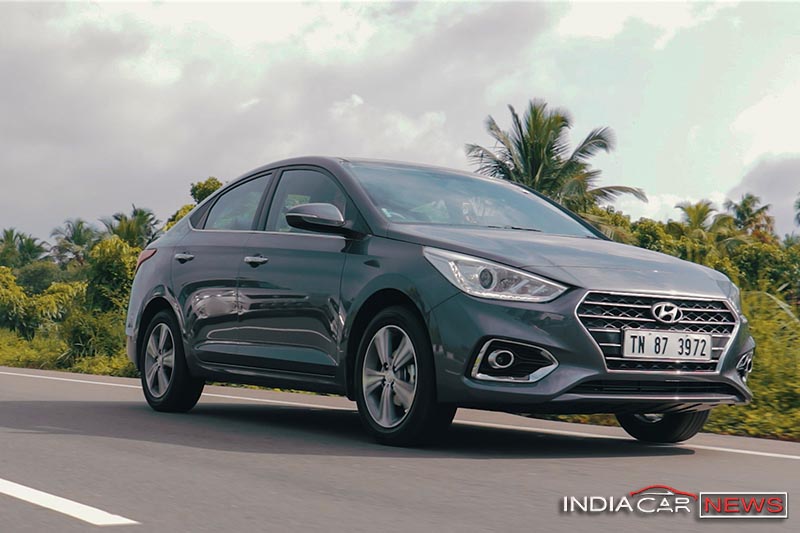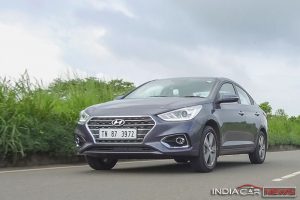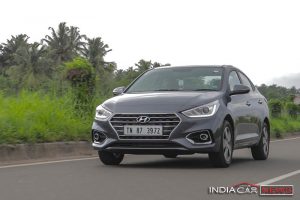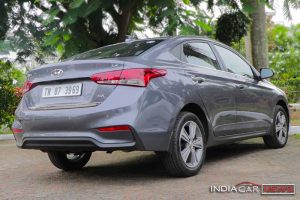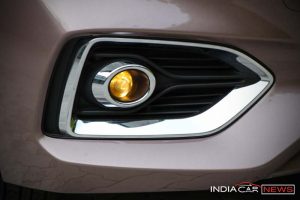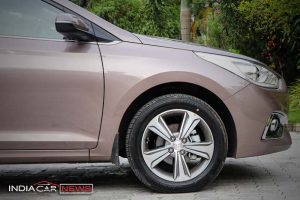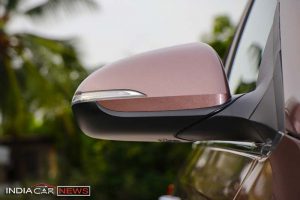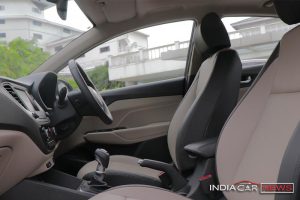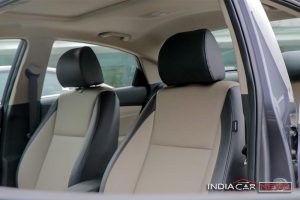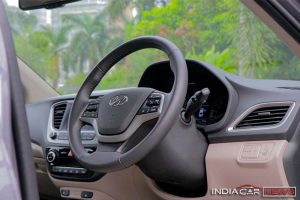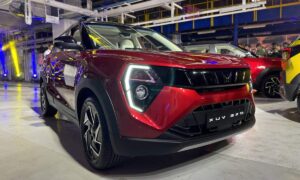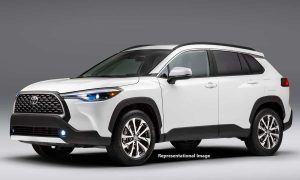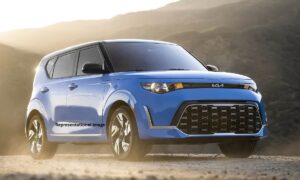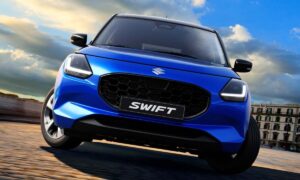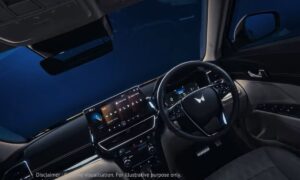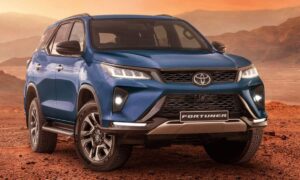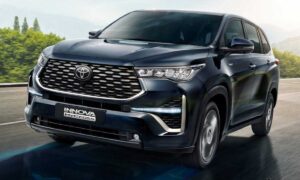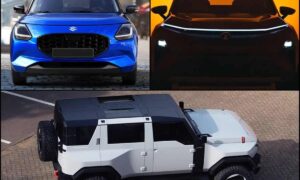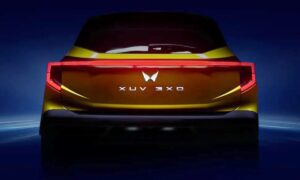After ruling the segment for years, Verna slipped to the second spot as Honda City reclaimed its crown. There has always been a tug of war between the two models, and the competition toughened with the entry of Maruti Suzuki Ciaz in the segment. As the demand for Ciaz surged, Verna further slipped to number 3 in the mid-size sedan space. Back with a vengeance, the all-new Verna gets a generation change, but is it good enough to regain pinnacle, we find out in our review. Also Read – New Hyundai Verna 2017 – All You Need To Know
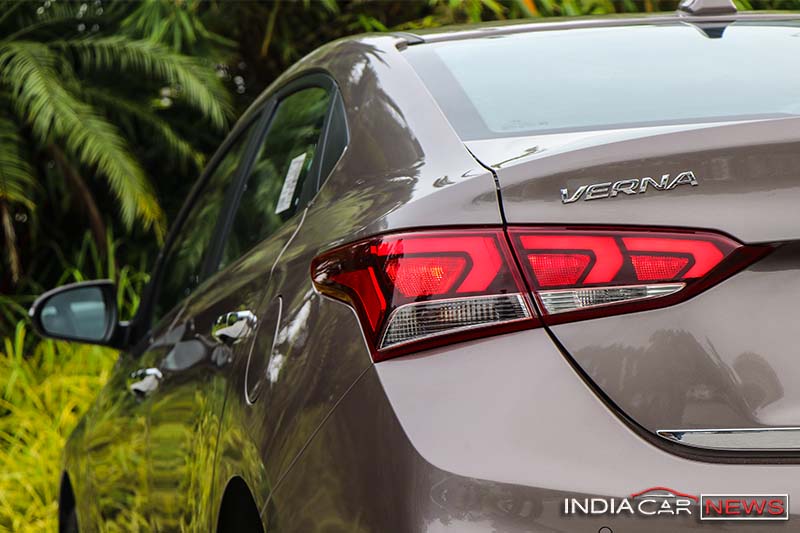
What’s on the outside
The baby Elantra or the new-generation Verna shares underpinnings and several elements with its larger sibling, Elantra. Up front, it gets cascading multi-slat grille reminiscent of Elantra, though it comes with single slat chrome bar unlike Elantra’s double bar slats and the honeycomb treatment. Flanking the grille are the projector headlamps, while the integrated LED DRLs are reserved only for the top end SX and SX(O) variants. The chrome has been used aptly that gives front an upmarket look.
The sloping roofline, window design, chrome shoulder line and 16-inch diamond cut alloy wheels seem to be borrowed from Elantra, though, we feel Hyundai should have used darker shade for the alloys.
Round the back, new Verna features split LED taillamps, that have been taken from Elantra. The cuts on the rear give it edgy look while the dual tone bumper reiterates premium styling.
What’s on the inside
One of the prominent changes inside is the new sporty leather wrapped steering wheel which is good to hold and features multiple buttons. The dual tone beige and black dashboard has no rough edges, but we feel the texture could have been better. Fit, finish, material and plastic quality is in line with other Hyundai cars which is one of the strongest attributes of the car maker. Hyundai has packed an all-new 7.0-inch infotainment system supported by Apple CarPlay, Android Auto and MirrorLink and it additionally gets IPS panel for a better view. While the 7.0-inch touchscreen system is available only with the top-spec variants, the rest of the trims in the carline feature 5.0-inch infotainment system. The touch response on the display is better compared to rivals and most of the vital functions can be operated through buttons provided on the steering wheel.
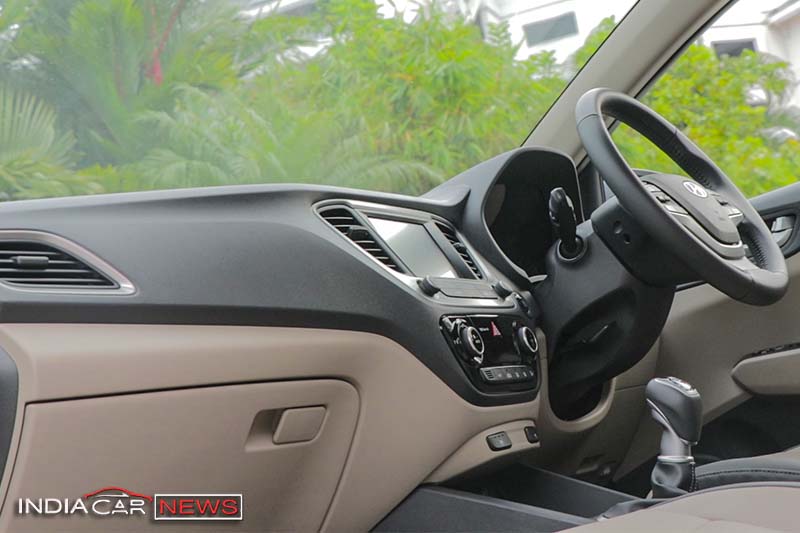
In terms of practicality, Verna has multiple storage points including the large cubby hole in the centre console that can be used for keeping mobile phones, charger, wallet etc. The front centre armrest comes with a large storage compartment, there are two cup holders on the floor console and each door gets a bottle holder (1.0-litre). Additionally, the cooled glove box in front has decent space for storage.
Another significant feature on the new Verna is the Hyundai Auto Link that gives access to all the crucial information about the car such as driving history, driving information, speed statistics etc.
Hyundai has given prominence to comfort, the ventilated front seats are snug, though the leather covers are restricted to the top-end variant whereas the rest of the trims come with fabric seats. The driver’s seat comes with height adjuster, while the steering wheel only gets tilt function. With ample leg, knee, shoulder and head room, front seats offer good comfort, though we feel the thigh support could have been better.
The rear side of the cabin features AC vents and an arm rest with two integrated cup holders. While the rear seats are comfortable for two full size adults, it seems a bit cramped for a 6-feet tall person with limited legroom and narrow head space courtesy the sloping roofline.
In a bid to make it more upmarket, Hyundai has armed plethora of features including the electric sunroof, rear parking camera, engine start stop button, cruise control among several others, most of which are exclusively available on the range topping trim. Safety bits such as dual front airbags, ABS with EBD, ISOFIX child seat rear mounts etc are standard across carline. Moreover, the boot space has also been increased to 480L which offers more space over its predecessor for storing luggage.
Engine Specifications and Performance
In tandem with other Hyundai models, the all-new Verna also offers improved performance. While it shares K2 underpinnings with Elantra, the 121bhp, 1.6L petrol and 126bhp, 1.6L oil burner have been retained from the previous model. In a bid to offer better performance, Hyundai has calibrated both the engines, as for the 1.4L petrol & diesel units, they have been dropped from the carline.
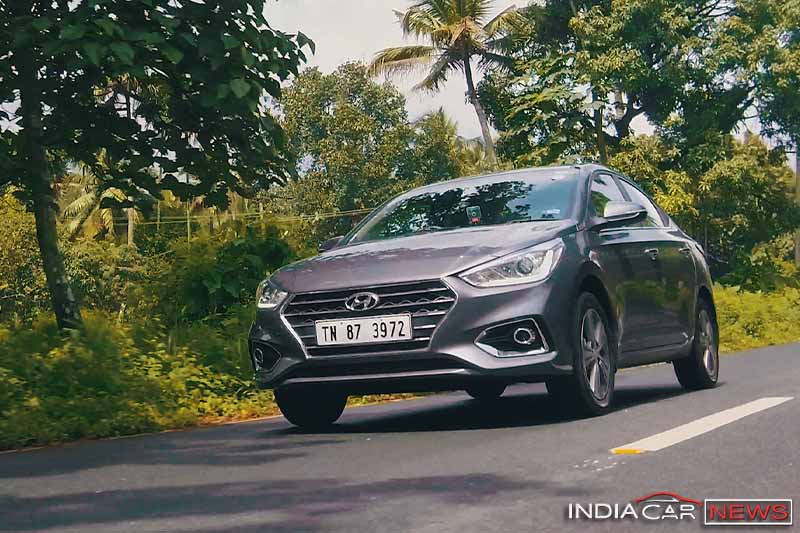
We first tested the 1.6L, four-cylinder diesel engine with 126bhp of top power and 260Nm torque, which comes with both 6-speed manual and 6-speed automatic transmission. The oil burner is refined, probably the most refined in the segment and the gearbox is smooth which allows effortless gear shifting.
The initial punch is better than the previous model, the power delivery is linear and it starts gushing in from 1200rpm onwards. Hyundai’s 1.6L oil burner is smooth and one does not feel any jerk, though it becomes a bit noisy post 4100 to 4200rpm. Torque is spread uniformly across the rev band and one of the major changes in the performance of the new Verna is the low-end torque. On the other hand, the mid-range is punchy, save for first and second gears, the rest are tall and ideal for comfortable cruising, though one needs to downshift occasionally while overtaking especially when you are driving it over 100kmph in 5th or 6th gear.
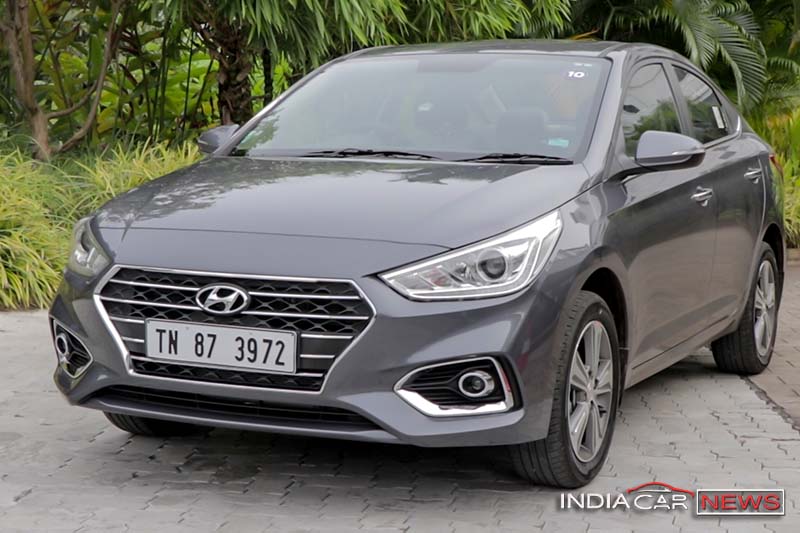
We then drove the petrol Verna, powered by the 1.6L unit good for 121bhp against 151Nm torque. While it is not as exciting as the diesel unit, but it offers comfortable cruising, additionally the low and top performance has improved compared to the previous model, though the torque output has dropped around 3-4Nm. There is slight improvement in the initial pick-up as well as punch and the steering wheel has also become better which reflects in the handling, albeit there is still some room for improvement.
In terms of fuel economy, the Verna petrol is rated at 17.70 km/l and the diesel version at 24.75 km/l, however as per our test the petrol Verna returns 12.6 km/l whereas the diesel Verna delivers 17.8 km/l.
Changes have also been made to the suspension set up which is now stiffer that keeps the vehicle poised at high speeds and reduces body roll. That said, the ride and handling has bettered, additionally, the engines are peppier, more responsive, smooth and offer punchy mid-range.
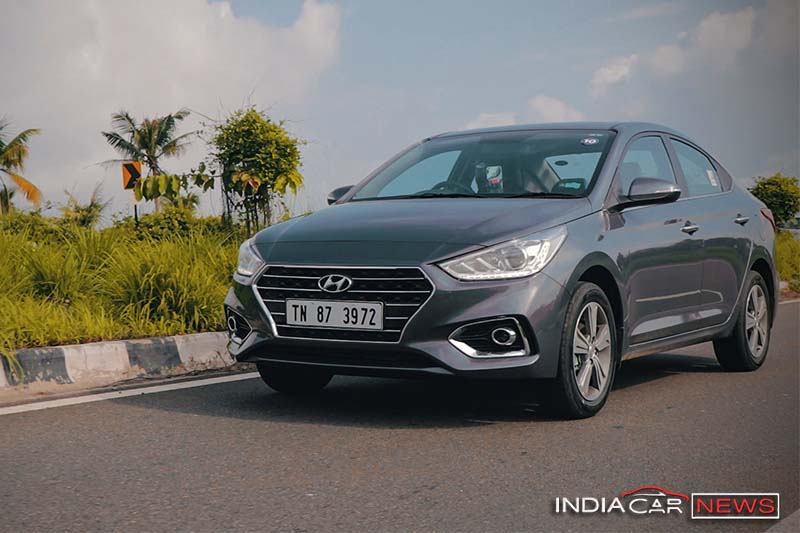
Should you buy it?
With prominent styling changes, new features and improved performance, the all-new Verna is a step-up compared to the previous model. While it has bettered aesthetically and mechanically, we feel there is still scope for improvement on the inside. Hyundai has launched Verna at an introductory price of Rs 7.99 lakh that goes up to Rs 12.61 lakh for the top-spec diesel trim, though these prices are protected only for the first 20,000 customers and Hyundai will revise it post that mark. At this pricing, the new Verna undercuts all of its rivals and you could consider buying it.

